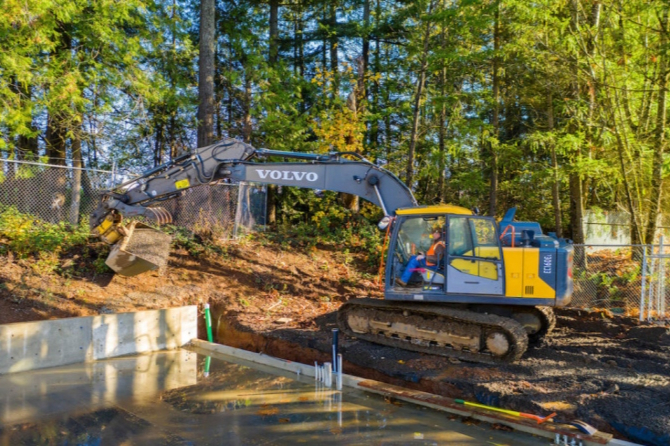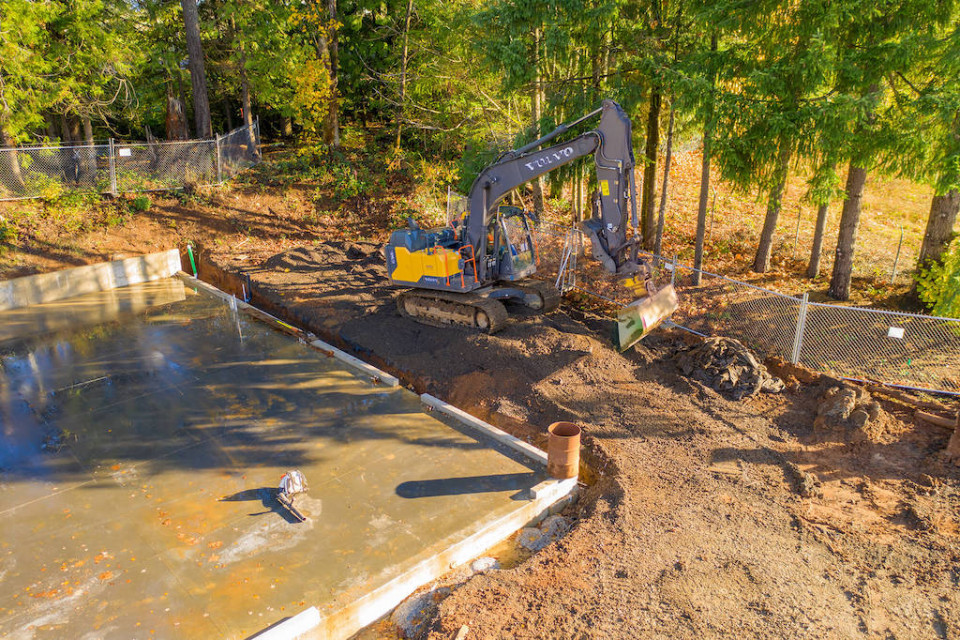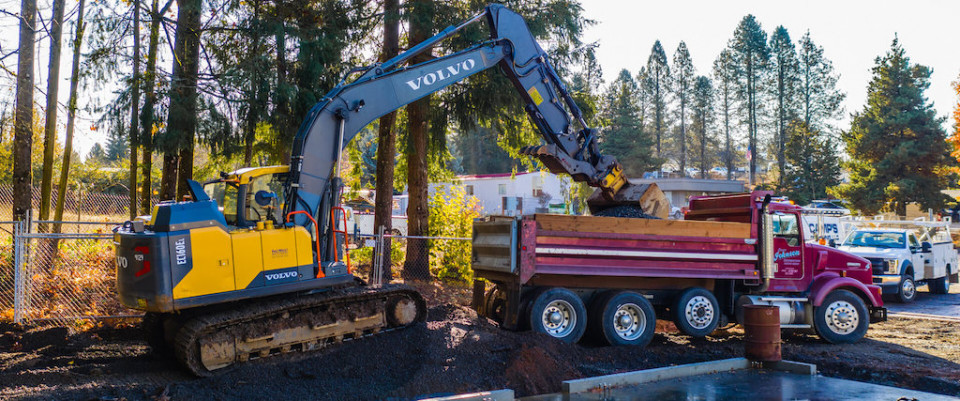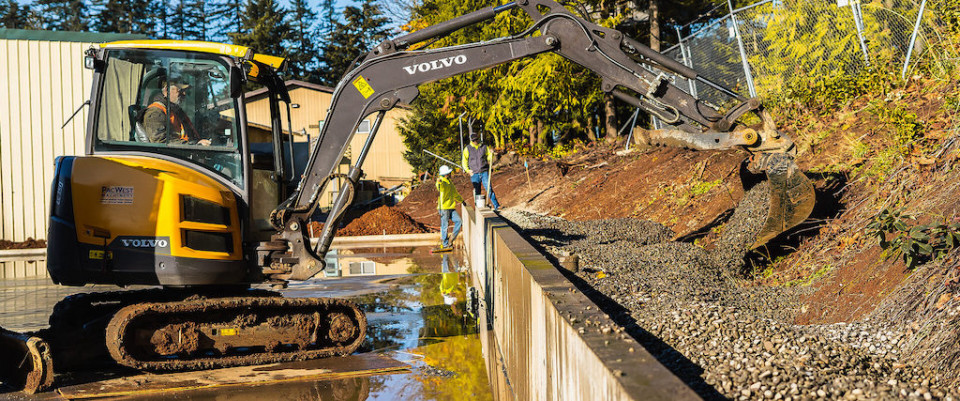What Does Excavate Mean? Understanding the Process of Digging and Removal

photo source : brucejohnsonexcavation.com
If you are in the construction business or in the archeological field, you must be well aware of the word excavation. It is a vital phase in building and archaeology and generally entails digging up and removing items from the ground. Needless to say, there is a huge array of work fields that necessitated excavations, including laying foundations, setting up utilities, mining, and finding ancient artifacts. Excavation is a massive task and requires expert intervention. Search for the best Gresham excavation experts you can find to ensure that the task is done in a safe and efficient way. There are various steps to the excavation process, and in this post, we will talk in detail about planning, site preparation, digging, and removal, among other things.
Understanding the Process of Excavation
- Planning: Planning comes first in the excavation process. This entails evaluating the site, comprehending the project specifications, and creating a thorough strategy. The excavation plan considers elements including the reason for the excavation, the state of the soil, and subsurface utilities, and any possible hazards or environmental issues. Obtaining the requisite authorizations and permissions from the appropriate authorities is another step in this process.
- Site preparation:

photo source : brucejohnsonexcavation.com
Site preparation starts when the planning phase is finished. This entails removing any barriers from the area, such as any vegetation, buildings, or debris. For security reasons, the area might need to be gated off, and it might be necessary to build ad hoc buildings like access ramps or roads. Additionally, throughout the excavation process, utility lines such as gas, water, and electricity could be relocated or safeguarded. - Digging:

photo source : brucejohnsonexcavation.com
Different excavation techniques are used depending on the project's specifics and the soil conditions. Manual excavation with shovels, mechanical excavation with an excavator or backhoes, and specific methods like trenching or hydro excavation are frequently used. The depth and size of the excavation, the type of soil, the presence of rock or groundwater, and the level of precision required all affect the equipment and procedures that are used. - Materials involved: Soil and other materials are taken from the excavation site throughout the digging operation. The materials that were dug may include dirt, rocks, trash, or artifacts from the past. If the excavated material has value, it may be transferred to specified disposal sites or stored on-site for future use. The materials must be handled and disposed of properly while taking local ordinances and environmental requirements into account.
- Safety: A crucial component of the excavation process is safety. To protect the security of the workers and nearby structures, adequate safety measures must be performed. This entails putting in place security precautions like warning signs, barriers, and barricades. Additionally, it's critical to keep an eye out for and address any potential dangers like unstable soil, buried utilities, or poor weather.
- Removal: The stage of removal starts as the excavation draws to a close. This entails the removal or recycling of the materials that were dug. Non-hazardous substances can be reused for grading, landscaping, or backfilling, which reduces waste and has minimal negative effects on the environment. To avoid contamination or harm, hazardous items must, if found, be handled and discarded in line with the rules that apply.
- Record the findings: In rare circumstances, excavation may entail exposing archaeological items or relics from the past. Specialized archaeologists are frequently called in to evaluate and record the findings when such discoveries are made. Given their historical relevance, the excavation procedure may be changed to ensure the preservation and careful retrieval of these objects.
- Inspection: Periodic inspections and monitoring are carried out throughout the whole excavation process to guarantee quality control and adherence to project specifications. This entails evaluating the stability of slopes or walls that have been excavated, looking for any indications of erosion or instability, and confirming the precision of excavation dimensions.

photo source : brucejohnsonexcavation.com
Excavation is a multi-stage procedure that entails meticulous planning, site preparation, digging, and the removal of items from the ground. In numerous construction and archaeological projects, it is an essential stage. The procedure calls for knowledge, adherence to safety procedures, and observance of environmental laws. Excavation may be done effectively and efficiently by using the right techniques and a methodical approach, allowing projects to be completed successfully while reducing hazards and environmental impact. While there is a fair chance that when there is a prospect of excavation, you will be reaching out to skilled professionals to get the job done. However, it is crucial to go for someone who comes bearing experience in the job as well as expertise so that the work is done safely and well.







